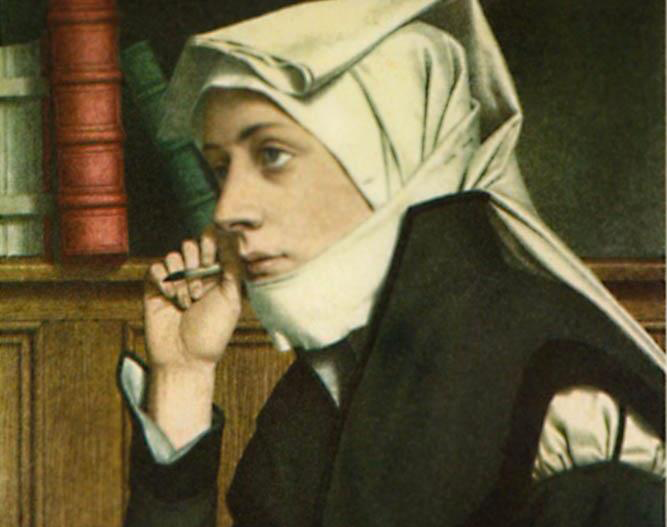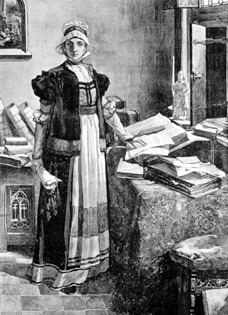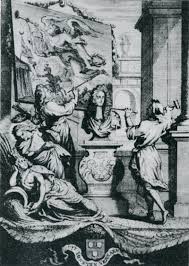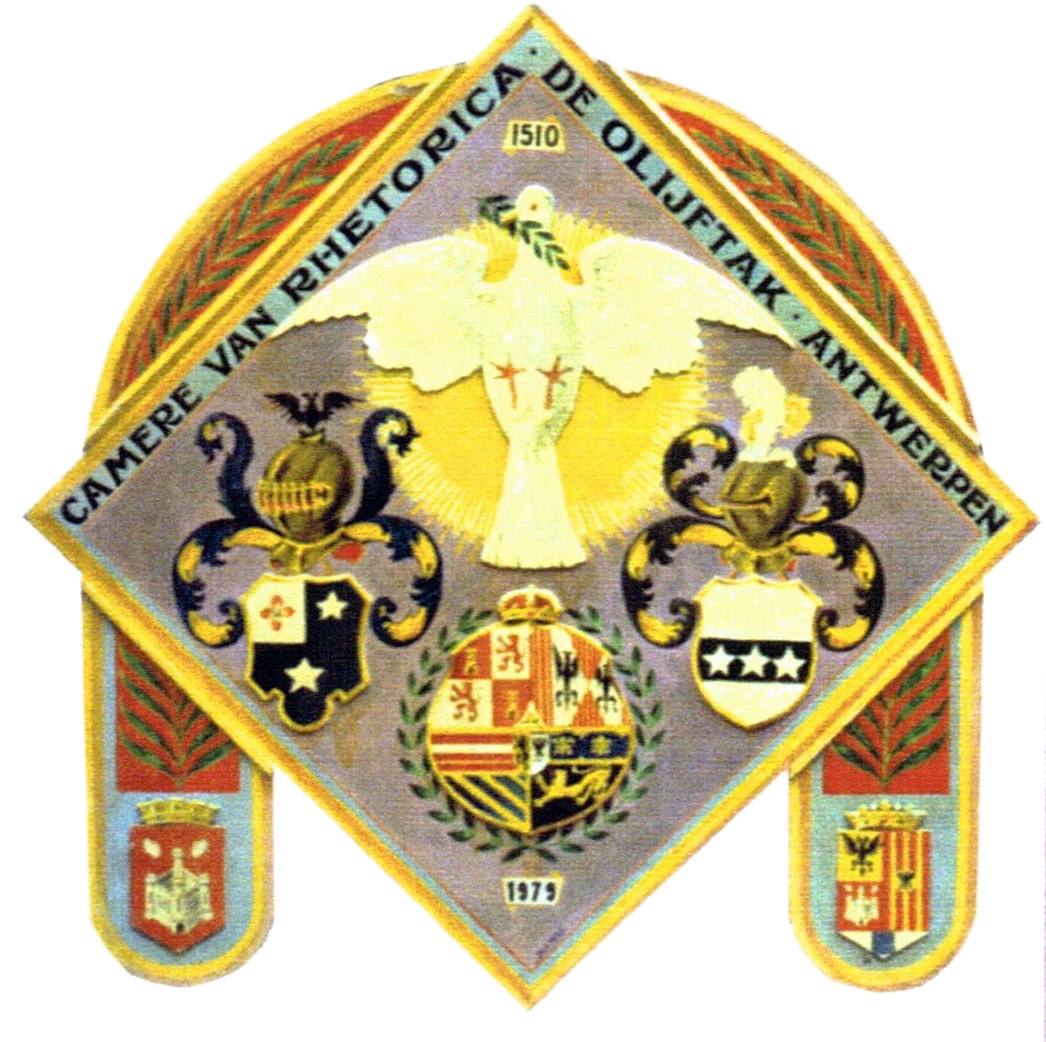The Women of The Chambers of Rhetoric
|
An important difference between the Low Countries of Early
Modern Europe and Shakespearean England or Japan of the Shogunate era was that
during this time when significant innovations in theatrical literature and
production styles were taking place women roles were being played by real
women. Although gender-based prejudice
was strong in this time period and women were barred from full membership in
the Chambers of Rhetoric, they did participate in the activities carried out by
the rederjkers and did reap many of the same intellectual benefits that
composition and performance accrued for authors and artists.
The identities and specifics of the contributions of vast
majority of the female rederijkers are lost to history (as indeed are those of
many of their male fellow since most early rederijker works are identified
corporately by Chamber instead of by individual member). However we do have the
stories of a few women to serve as examples.
|

|

|
|
First is Anna Bijns. (1493-1575) She was an educator from
Antwerp who came to fame rather late in life through her poetry. Along with her
brother Martin, she opened and taught at the Keizerstraat in that city until
she was 80 years old. Although her father was a rederijker, she was never
allowed to join a rederjikammer. She
wrote rederjker-style “chorus poems” usually about love. A devout Catholic, her
texts tended to be pious reflections on the nature of love and friendship.
|
Real fire entered Bijns’ work though when at age 80 she was
confronted with the beginnings of the Reformation. Her poems turned into
sarcastic swipes against Martin Luther and his followers such as the following:
Luther performs miracles, I testify.
He is now warping what was right
here before;
He calls virtue sin, and also
special
He makes wise and learned men
stupid.1
In addition to her condemnation of the reformers, Bijns
could also be harsh towards what she saw as inconsistent Catholic beliefs and
the laxity of authorities.
At the urging of Franciscan priests, she published a
collection of her poetry under the title Chambres
de Rhetoriques (Rederijkerskamers). This tome was one of the early
successes of the printing press technology available. Bijns became one of the
best-selling authors Dutch authors of the 16th century.
|
A second example is that of Barbara
Ogier (1648-1720). Being a rederijker
also ran in the family for Barbara Ogier. Her father, Guilliam Ogier, was the
factor for the De Olijftak (the Olive Branch) Chamber of Rhetoric in
Antwerp. In 1680, she would marry
sculptor Willem Kerrickx, who would become prince of the chamber in 1692. Their
son, Willem Ignatius would become De Olijftak’s factor in 1700.
|

|

|
|
Unlike Bijns, Ogier was a member of
De Olijftak who was paid for the plays she wrote for the guild. She stands out
as a unique example of a female author, but does not attempt to conceal her
sex. The prologue to her tragedy The Death of Achilles even dares to argue that
woman is best suited to write about a war started over a woman.1
Her poetry likewise takes a witty,
self-aware view of her unique position as a female writer:
My poetry,
is it full of defects?
Lack of
time is the cause:
I do not
fear criticism by artists.
Who would
dare to contradict a woman?2
Apparently
taking her at her word, critics and colleagues rated her poetry praised her
poetry as being without equal.
|
Bjins and Ogier were extraordinarily talented writers who
managed to use the rederijkammers as a venue for artistic expression despite
the fact that women were not fully integrated into the male-centered culture of
the chambers of rhetoric. Their stories
are not typical. However, they were not the only women whose lives were
enriched by their contact with the Chambers of Rhetoric. Although it was not
the intent of the rederijkers to give equal voice to all citizens regardless of
sex, the practical demands of producing the volume of original material required
of them and trained performers to deliver such texts over the course of
generations unintentionally provided creative opportunities to write and
perform not duplicated elsewhere in Early Modern Europe.
Notes:
1. Bjins, Anna.
Refereinen , A. Bogaers et
al. (Rotterdam 1875).
2. Lia Van Gemert. "Opportunities for Women in the Chambers of Rhetoric: Barbara
Ogier." Women’s
Writing from the Low Countries 1200- 1875 A Bilingual Anthology. pages 23-25

Return to Index
Origins |
Public
Functions | Organization
| Landjuweels
| Plays | Controversy | Bibliography
Copyright ©
1997 Kelly S. Taylor




